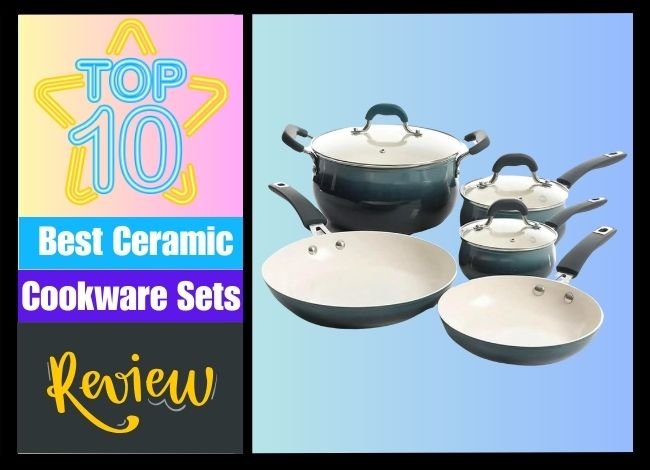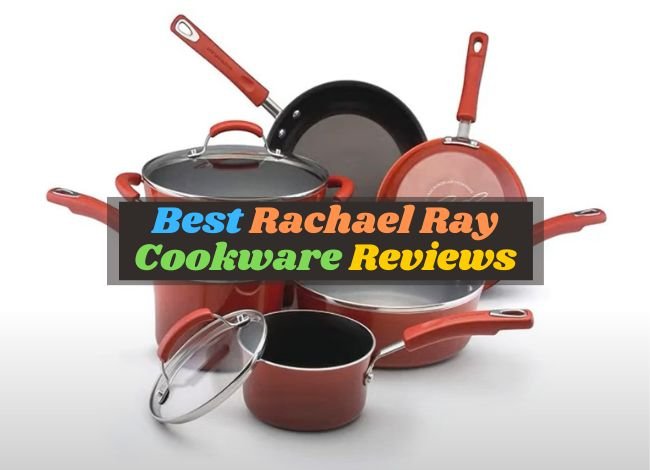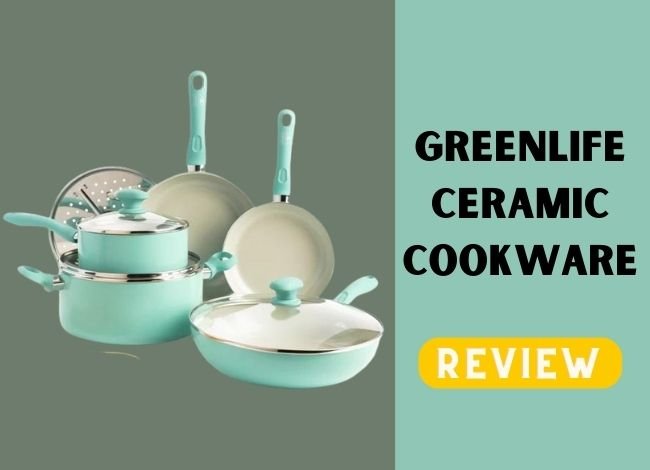Last Updated on November 20, 2023
Copper and stainless steel pans are two popular options that many home cooks and professional chefs consider when choosing the cookware. Each material has unique advantages and disadvantages, making it challenging to decide which option is better. In this in-depth review, we’ll compare copper and stainless steel pans and provide a comparison table to help you make an informed decision.
Comparison Table: Copper vs. Stainless Steel Pans:
Feature |
Copper Pans |
Stainless Steel Pans |
|---|---|---|
| Material | Copper | Stainless steel, often with aluminum or copper core |
| Heat Conductivity | Excellent | Good to excellent, depending on the core material |
| Even Heat Distribution | Excellent | Excellent |
| Non-Stick Capability | Poor, unless coated | Poor, unless coated |
| Durability | Moderate | High |
| Reactivity with Food | Reactive, unless coated | Non-reactive |
| Oven Safe Temperature | Varies, typically lower | Up to 600°F (315°C) or higher |
| Dishwasher Safe | No | Yes, depending on the collection |
| Induction Compatibility | No, unless specially designed | Yes, depending on the collection |
| Price Range | $$$-$$$$ | $$-$$$$ |
Features and Advantages
- Material: Copper pans are made of copper, while stainless steel pans are made of stainless steel, often with an aluminum or copper core for better heat conductivity.
- Heat Conductivity and Distribution: Copper pans offer excellent heat conductivity and even heat distribution, ensuring precise temperature control and consistency. Stainless steel pans with an aluminum or copper core also provide excellent heat distribution and good to excellent heat conductivity, depending on the core material.
- Non-Stick Capability: Both copper and stainless steel pans have poor non-stick capabilities unless coated with a non-stick material such as ceramic or Teflon.
- Durability: Stainless steel pans are highly durable, resistant to rust, staining, and corrosion, while copper pans are more prone to scratching, denting, and tarnishing.
- Reactivity with Food: Copper pans are reactive with acidic or alkaline foods, which may affect the taste and quality of your dishes. Stainless steel pans are non-reactive, making them a safer option for cooking various types of food.
- Oven Safe Temperature: Stainless steel pans can typically withstand higher oven temperatures, up to 600°F (315°C) or higher. Copper pans are generally safe at lower oven temperatures, but the exact temperature limit varies depending on the specific product.
- Dishwasher Safe: Stainless steel pans are often dishwasher safe, while copper pans are not recommended for dishwasher use due to the risk of damaging the material.
- Induction Compatibility: Stainless steel pans are generally compatible with induction cooktops, while copper pans require a special design or magnetic base to work on induction cooktops.
- Price Range: Copper pans are generally more expensive, with a price range of $$$ to $$$$, while stainless steel pans range from $$ to $$$$.
Conclusion
Deciding between copper and stainless steel pans ultimately depends on your specific needs, preferences, and budget. Copper pans are an excellent choice if you prioritize heat conductivity and even heat distribution, as they ensure precise temperature control and consistent cooking results. However, copper pans are more expensive, require more maintenance, and may react with certain foods.
On the other hand, stainless steel pans are more durable, non-reactive, and versatile for various cooking techniques. They also provide excellent heat distribution, and their heat conductivity depends on the core material used in their construction. Stainless steel pans are often more affordable and easier to maintain, making them a popular choice for many home cooks and professional chefs alike.
Copper pans are well-suited for precise temperature control, making them ideal for tasks like melting chocolate or making delicate sauces. They are also visually appealing, adding a touch of elegance to your kitchen. However, it’s important to note that copper pans require regular polishing and maintenance to keep them looking their best. Additionally, they may need to be lined with a layer of stainless steel or tin to prevent reactivity with acidic or alkaline foods.
Stainless steel pans are versatile and suitable for a wide range of cooking techniques, including browning, deglazing, and high-heat cooking. Their durability ensures that they last longer and maintain their appearance over time. One downside of stainless steel pans is that they can be less non-stick, but with proper preheating and oil usage, they can still deliver excellent cooking results. Stainless steel pans are also more likely to be dishwasher safe and compatible with induction cooktops, adding to their convenience and ease of use.
In conclusion, the decision between copper and stainless steel pans will depend on your cooking style, priorities, and budget. Copper pans are an excellent choice for those who value heat conductivity, even heat distribution, and a visually appealing design but are willing to invest more in maintenance and initial cost. Stainless steel pans offer durability, non-reactivity, and versatility for various cooking techniques, making them a more practical option for everyday use. Consider your specific needs and preferences when deciding, and you will find the perfect cookware to suit your kitchen.
Related Article Link Here:
- Heritage Steel pans vs. All-Clad (Which Cookware Is Better?)
- All-Clad vs. 360 Cookware (20 Key Differences)
- All-Clad Skillet vs. Tramontina Fry Pan: Which is Better?
- Choosing Between Nonstick and Stainless Steel Cookware




